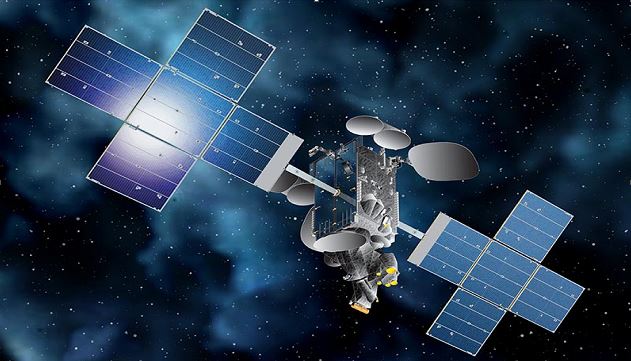Back in 1945, the famous science fiction writer Arthur C. Clarke suggested that a radio relay satellite in an equatorial orbit with a period of 24 h would remain stationary with respect to the earth’s surface and that can provide radio links for long distance communication. Although the rocket technology was not matured enough to place satellites at that height in those days, later it became the basis of Geostationary (GEO) satellites. To facilitate constant communication, the satellite must move at the same speed as earth, which are known as Geosynchronous. GEO satellites are placed on equatorial plane at an Altitude of 35786Km. The radius is 42000Km with the period of 24 Hrs. With the existing technology, it is possible to have 180 GEO satellites in the equatorial plane. But, only three satellites are required to provide full global coverage as shown in below figure.
Long round-trip propagation delay is about 270 msec between two ground stations. Key features of the GEO satellites are mentioned below:
· Inherently broadcast media: It does not cost much to send to a large number of stations
· Lower privacy and security: Encryption is essential to ensure privacy and security
· Cost of communication is independent of distance
The advantages are best exploited in VSATs as discussed in the following section.

Three satellites providing full global coverage in GEO system



Comments are closed